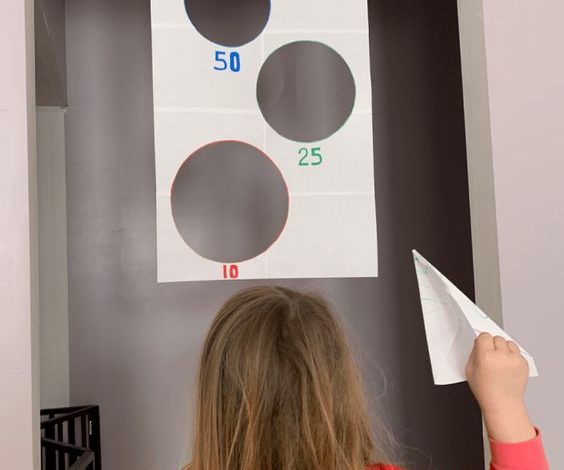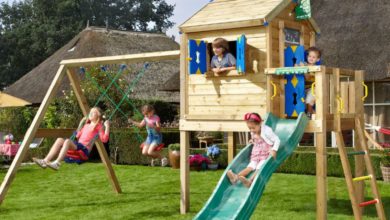Indoor activities for children aged 6 to 15:
Indoor activities for children aged 6 to 15:

Indoor Activities
Are your children circling the house? Here’s a list of 15 Indoor activities for kids ages 6 to 15. It’s an event to turn your apartment into a playground! You can also teach your kids about vocabulary words that start with the word a.
1. How many do you see? Indoor activity
Age: 8 years and over
Number of participants: 3 and over
Preparation time: Short
Playing time: To be determined
Required accessories
– One sheet of paper
– One pencil per player
Guidelines
Determine the time allotted for the activity. Every member takes a layer of paper and a pointer. Name a letter of the alphabet, for example, “S,” then invite the players to find all the objects starting with that letter they see in the room and write them down on paper. When the allotted time is up, the player who has found the most words is declared the winner. We can name another letter, and the game can continue. Article belt
Note
Specify in advance whether proper nouns are accepted; It must be a real object, or the illustrations (in a frame or on the cover of a book sight, for example) are also valid; whether verbs are accepted (for example, a painting on the wall showing a character “S” other).
2. The sleuth
Indoor activity
Age: 7 years and over
Number of participants: 4
Preparation time: Short
Playing time: Short to medium
Required accessories
– 20 small items
– 4 opaque bags, in brown paper, for example
– A headband
Instructions
Arrange five small items per bag, each bag identified with a player’s name. Designate a first player, blindfold him, then hand him one by one the objects contained in the load-bearing his name. He must identify them within a period that you have previously determined. When the five items have passed through their hands, it’s the next player’s turn and their bag. The player who recognizes the most objects will be declared the winner.
Note
You can, of course, increase the number of objects, include fruit or any other food, and add things that you find outside if the activity is taking place there.
Variation
– If you have a large number of participants, make teams. The two teammates will then band, and the objects will be felt and felt by the two players, who will have to agree to give a standard answer.
3. Which one is missing?
Indoor activity
Age: 8 years and over
Number of participants: 3 and over
Preparation time: Short
Playing time: Short
Required accessories
– A small table (or any flat surface)
– Several various small items
Instructions
Place various small objects on a table, such as a pencil, a small glass, a dice, a key, a ball of paper, etc. One member is appointed the head of the competition. The other players look closely at the objects for a minute, and then they turn around with their backs to the table. The game leader removes an object. The players turn around and look at the table again. The first player to find the drawn thing is declared the winner and becomes the game leader.
Note
For the number of objects, go according to the age of the players. I suggest you start with a few items, say four or five, and increase that number each round someone wins.
Variation
In addition to removing an object, the game leader can move other things, thus complicating the game.
4. What is this food?
Indoor activity
Age: 8 years and over
Number of participants: 3 and over
Preparation time: Short
Playing time: Short
Required accessories
– A small amount of food
– A headband
Instructions
Remove all players from the room. On a table, line up a small amount of several foods. Blindfold a first player and bring him to the table. Although Let him smell the first food (without touching it, because he might recognize the texture before the smell) and ask him to name it. If he succeeds, he wins 2 points; if he fails, tastes the food, and advances in identifying it at that time, he wins 1 point.
The player is only entitled to one response after smelling the food and one response after tasting it. When the first player has gone through all the food. It’s up to the next player to introduce themselves, and so on. The member who gets the most significant points is declared the winner.
Notes
For toddlers, choose foods they have already tasted that have a strong taste and smell, such as ketchup, mustard, a wedge of orange or lemon, peanut butter, maple syrup, etc.
For older children, or as soon as this first level is successful, choose foods with an increasingly subtle smell such as margarine, flour, sugar, etc.
Variation
Instead of food, older players arrange smelling items, such as a candle, soap, felt-tip pen, bubble bath, fabric softener sheet, flower, etc. The players can only smell them and gain 1 point if they manage to identify the object.
5. A question of memory
Indoor activity
Age: 8 years and over
Number of participants: 3 and over
Preparation time: Short
Playing time: Short
Required accessories
– One sheet of paper per player
– One pencil per player
– A small table (or any flat surface)
– Several small various objects
– A tablecloth
Instructions
On a table, place several small objects, for example, a pencil, a playing dice, a figurine, a small patterned box, a photo, etc. However, Let players look closely at the objects for a minute, then cover them with the tablecloth. The players write on their sheet as many objects as possible from those they have seen on the table. Although, The player who finds the most is declared the winner of Indoor activities. Also If there is a tie, ask questions about a particular item. Example: What is the colour of the dice? And What type of pencil was it (lead, ink, felt-tip pen)? What was the pattern of the box?
Notes
For the number of objects, go according to the age of the players. So, I suggest you start with a few items, say four, and increase that number on each turn of Indoor activities. The majority of players managed to remember all of the things.
Variants
Subtract 1 point for each item listed that was not on the table. However, The number of items may be more significant for older players, and the time allocated to register things is shorter.




